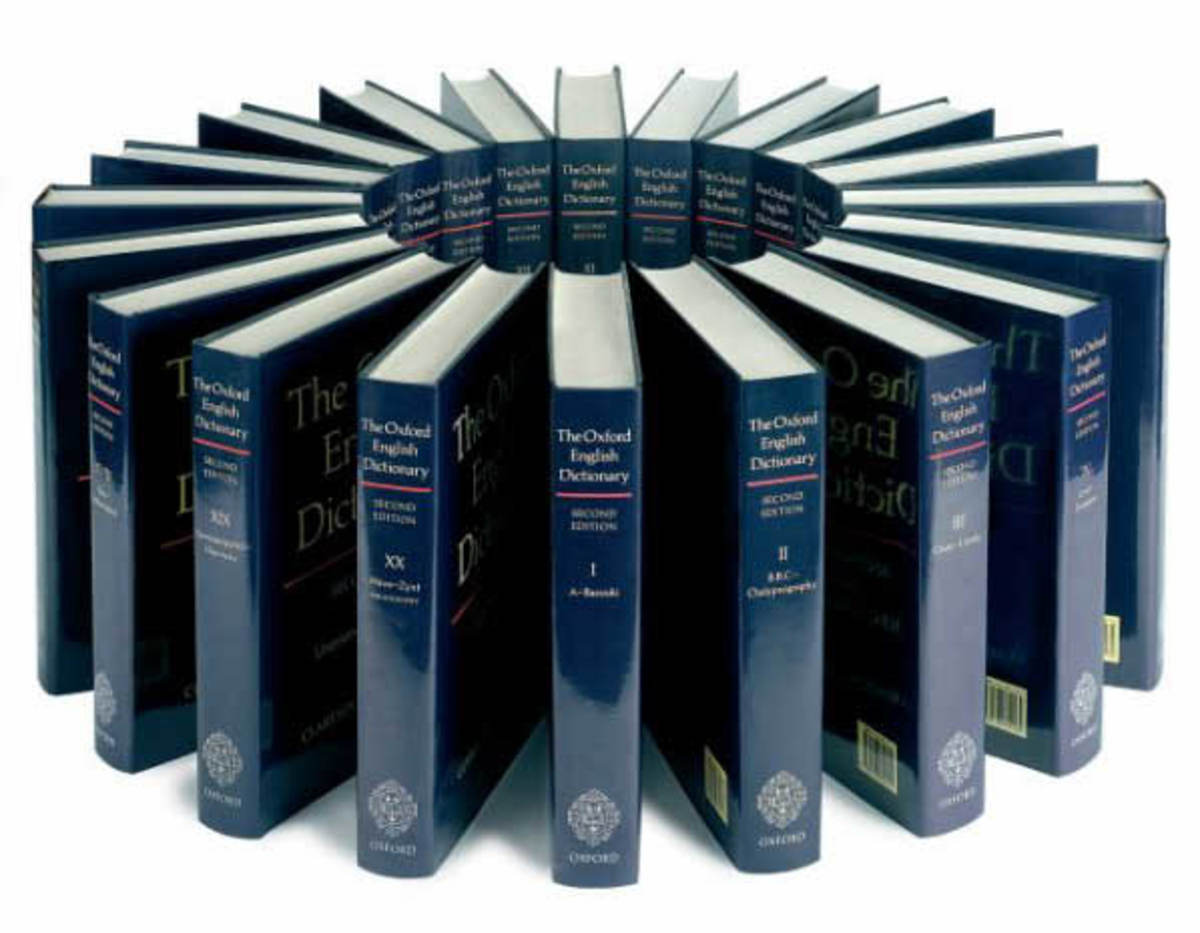Teaching Metaphor: Tips for Teachers or Home Schooling Parents

The sun is beating down on you. Your shirt is a wet mop, but you dig your heels deeper into the asphalt. The barriers are just ahead and timing is everything. Breathe, dig, dig, breathe—. You are a gazelle and the hurdles only stones of a small brook.
Metaphor is one of the most difficult concepts to teach because it asks us to think two dimensionally. Whether teaching reading, writing, or preparing a student for standardized test-taking, metaphor will prove a hurdle. Often, what makes it so difficult is that, as a parent or teacher, we “know” what is meant, but for a student who has been previously trained to read for comprehension or write a solid plot, metaphor cuts against the grain to their intuitive understanding.
One of my favorite stories to teach as a literature instructor was John Updike’s, “A&P.” I chose it because it’s a story about youthful attraction and principles. I thought it would naturally appeal to the age group I was teaching. By the second or third time using it, however, I caught on that students weren’t picking up on all the unsaid meaning of the piece. They were “skipping over those parts” because they didn’t know what they meant. What I found the most amusing about the piece, they completely brushed over because they were intent upon understanding the plot. This is a story without a plot, though! It takes place in the span of about fifteen minutes in a store. At the end of the story, the textbook I was using at the time asked students questions like: What is the significance of the piece? Or, how does the character feel? I’d watch my students closely. They’d turn back to the story—scan, scan . . . “Where is it? Where does it talk about the significance? How in the heck are we supposed to know how the guy feels?!”
Once realizing this, I could have gone through the piece, line-by-line, helping students look for the two levels of meaning. For instance, using my opening example, I might ask students to describe a dry mop. Then describe a wet mop. What feeling does the wet mop have that differs from a wet mop? “Now, think of the wet mop as a shirt. You’re wearing the wet mop-shirt . . .”. This kind of line-by-line analysis is helpful, but not the best starting spot.
Instead, give students rocks. That’s right, rocks. Make sure they’re not the kind of smooth polished rocks you find in yards. They need to be real rocks. Different sizes, shapes, textures. Tell your child or students to examine the rock closely. Next, have them write the following sentence: I am a rock. Ask them to describe their lives up until this moment when they find themselves in the students’ hands. Where did they come from? What were their journeys to this moment like? They must stay in first-person, and they must personify their rocks using “rock-appropriate” adventures. For instance, when I use this activity with community college students, they want to tell me why they personally chose to go back to school. I have to encourage them not to tell me their personal stories, but rather the rocks’.
What will happen is something like this: I was part of a large boulder. Children climbed all over me. The heels of their shoes finally chipped me away. I tumbled down the trail. I was kicked from one side of the path to the other . . . .
Some students will have adventures: I was galaxies away—soaring through space. One day, I landed on Earth. I witnessed the miraculous change of Time, was picked up in the sole of a dinosaur, and later transported by a fossil team to the Brooklyn Museum . . . .
Depending upon the age of the child(ren) or the later content of the course, you can help students re-personify these rocks into people. What kind of a person is the writer of the first narrative? How does he or she differ from the second? What might have happened in the life of the first narrative’s writer? What life experiences might the second writer have had?
Of course, you have to be careful about overly-personalizing this part of the analysis because you may have students who literally are being chipped away by their lives. What I find most useful about this approach is that while students are writing their narratives, they are writing one dimensionally—they are creating a concrete plot for the rock without worrying about metaphorical meaning. Once you change the rock into a person, however, the second dimensional conceptualization takes place without force. It becomes easy to see the difference between the lives of the two personified rocks—Rock A has had a rough life, has often felt as though he or she has little control over his or her own destiny. Rock B, however, has loved that that about life. The traveling allows him or her “to soar, to witness, to be picked up and transported.” It is also helpful to do this activity early in the year or semester because it can become an anchor for later thinking.
I have to make a final disclaimer—this activity is borrowed. Every writing teacher I have ever known has used a similar technique. It may not have been rocks, and once you make it your own, you can always repeat this activity with other random objects. If you are a teacher in the unfortunate position of having to “teach to the test,” this fun activity is easily justifiable. Immediately after working through the activity, you can see the difference in students when you ask them to analyze something like this: “Tough grey-skinned monsters standing ponderous/Elephant-bellied and elephant-nosed/Standing in muck up to their wheel-caps/Like rows of elephants, tail to trunk” (Hubbell, 2001, p.45). This an example of a poem included in a sixth grade level CSAP prep booklet.
References
Hubbell, P. (2001). Concrete Mixers. Soaring Scores: CSAP Reading and Writing, Level F. Austin: Steck-Vaughn Berrent: A Harcourt Company.
Brief Bio:
Jenn Gutiérrez holds an M.F.A in English and Writing. Previous work has appeared in journals such as The Texas Review, The Writer’s Journal, The Acentos Review, Antique Children, and Verdad Magazine. Her 2005 debut collection of poems titled Weightless is available through most online book outlets. She is currently working on a doctoral degree in Curriculum & Instruction at the University of Denver.









